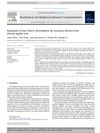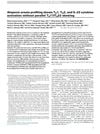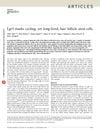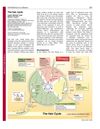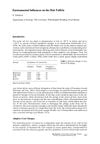Complementary Evolution of Coding and Noncoding Sequence Underlies Mammalian Hairlessness
March 2021
in “
bioRxiv (Cold Spring Harbor Laboratory)
”
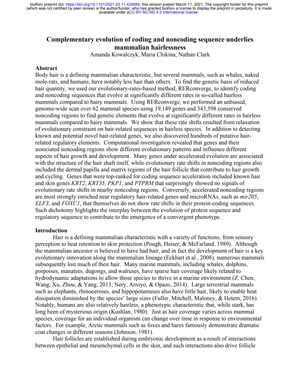
TLDR Hairless mammals have genetic changes in both their protein-coding and regulatory sequences related to hair.
In the study titled "Complementary evolution of coding and noncoding sequence underlies mammalian hairlessness," researchers used a method called RERconverge to analyze the genetic differences between hairless and hairy mammals. They conducted a genome-wide scan across 62 mammal species, examining 19,149 genes and 343,598 conserved noncoding regions. The study found that hairless mammals exhibited a relaxation of evolutionary constraints on hair-related sequences. Notably, genes associated with the hair shaft structure evolved more rapidly, while noncoding regions related to hair growth and cycling also showed significant evolutionary rate shifts. Key genes with accelerated coding sequences included KRT2, KRT35, PKP1, and PTPRM, which did not show corresponding changes in nearby noncoding regions. In contrast, noncoding regions near regulatory genes and microRNAs like mir205, ELF3, and FOXC1 were enriched, despite these genes not showing rate shifts in their coding sequences. This suggests a complex interplay between the evolution of protein-coding and regulatory sequences in the development of hairlessness in mammals.


